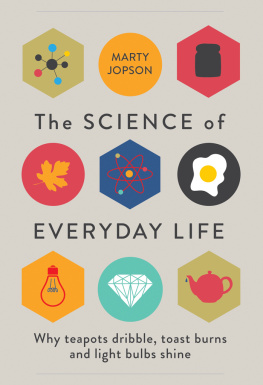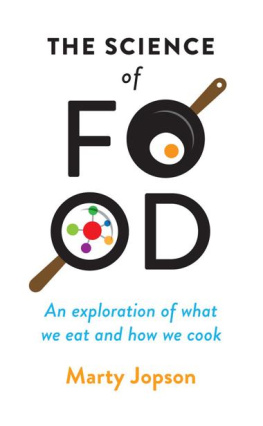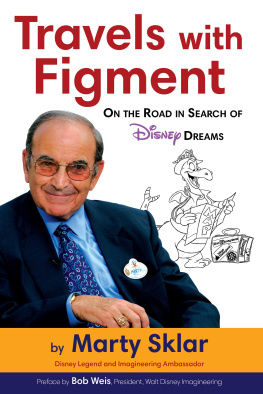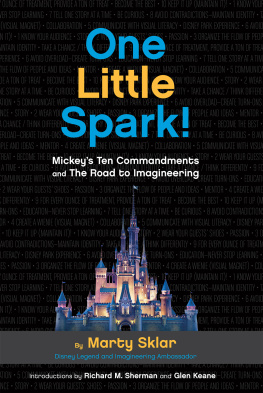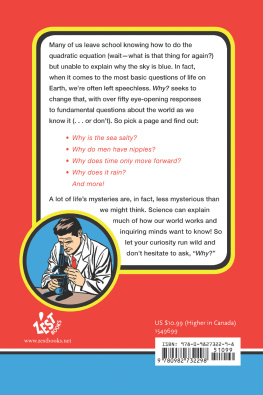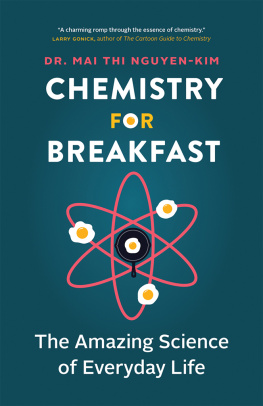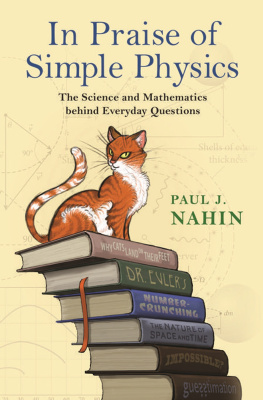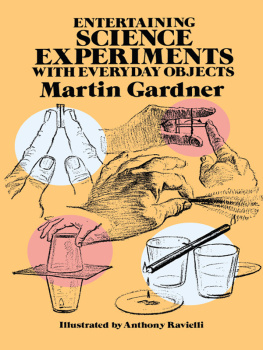First published in Great Britain in 2015 by
Michael OMara Books Limited
9 Lion Yard
Tremadoc Road
London SW4 7NQ
Copyright Marty Jopson 2015
All rights reserved. You may not copy, store, distribute, transmit, reproduce or otherwise make available this publication (or any part of it) in any form, or by any means (electronic, digital, optical, mechanical, photocopying, recording or otherwise), without the prior written permission of the publisher. Any person who does any unauthorized act in relation to this publication may be liable to criminal prosecution and civil claims for damages.
A CIP catalogue record for this book is available from the British Library.
ISBN: 978-1-78243-418-4 in hardback print format
ISBN: 978-1-78243-420-7 in ebook format
Jacket design by www.shepherdstudio.co.uk
Illustrations by Emma McGowan
Designed and typeset by K DESIGN, Winscombe, Somerset
www.mombooks.com
For Juliet, Poppy and George, all of whom suffer from insatiable curiosity.
Contents
All around us, every day, we are surrounded by some of the most interesting examples of science. Yet we dont see it. The science is hidden in plain sight, submerged beneath the everyday phenomena of our lives and the hand-held gizmos we take for granted. The best bits of science are going unnoticed.
If you pause for a moment and scratch the surface, though, the gleam of fascinating science shines through. Take, for example, hot, spicy foods and what actually causes the sensation of heat. The effect of the causative molecule in chillies, capsaicin, has been studied right down to the molecular level, but that is only the start of the spicy story. There are also spicy molecules such as piperine, gingerol, allyl isothiocyanate and the tongue-twisting and tongue-numbing hydroxy-alpha-sanshool. Each molecule is different, yet each directly affects our nerves to mimic pain.
Even the most mundane of technological devices that we give barely a moments attention can harbour fascinating science. When was the last time you considered what was really going on inside a quartz clock? Yet the feedback electrical system used to set up the oscillations within a quartz crystal is fiendishly ingenious, and its not just in clocks, its inside every mobile phone, computer and tablet device. Or there are the infrared motion sensors, part of every alarm system that silently watches us all as we go about our lives. What makes them so brilliant is hidden within; the cunning wiring of two tiny crystals allowing the sensor to not only see parts of the spectrum that we cannot, but to react only to moving sources of infrared light above a certain size.
In many cases, once you get past the initial understanding, you find yourself abruptly at the scientific coalface, where the ultimate answer is that we just dont know the answer so far. From the possibility of mining our road sweepings for precious platinum, to what makes a moth circle a light, the science of everyday life still contains unexplored territory.
However, does understanding this everyday science matter? On the surface the answer to this is no. Superficially, it doesnt make any difference in the slightest if you dont know how a toaster works, or why sitting under a tree is delightfully cooling. These things still happen even in the face of ignorance, but knowing why can make a difference.
Crucially, in our technologically controlled world, greater understanding can lead to better-informed decisions. These might be small but vital choices, such as what sort of object to poke into a toaster to free a stuck piece of bread. Knowing that the bare nichrome wires in a toaster have mains electricity flowing in them should convince you to use a wooden spoon or a chopstick, rather than an electrically conducting metal knife. By understanding the workings of a simple item like a toaster you can shape your interactions with it, increasing its usefulness and function. Similarly, appreciating the cooling effect of green vegetation provides an informed reason to choose to plant green spaces within our cities and towns.
Its not just about the appliance of science for the creation of handy life hacks and city planning; there is a more nebulous, but fundamental reason why everyday science is important. It makes life more exciting. Knowing the context and explanation for something makes the experience of the thing vastly more enriching. No one would deny that this is true for a great work of art or literature, and the same is true for science. Once you know why your fingers really go wrinkly in the bathtub, you will never look at your prune-like fingertips in the same way again. Your bath time just became more interesting.
This book sets out to reveal some of the astonishing and intriguing science going on all around you all the time. Whats more, its not as if this is old science that has been long established. To put yourself at the cutting edge of scientific understanding you dont need to travel to the extremes of our world, into deep space, or to collide subatomic particles at nearly the speed of light. All you need do is look around you and dive into the subtlety and complexity of the science of your own everyday life.

The sweetest thing
Sweet, juicy strawberries, cake still warm from the oven and, my favourite, honey straight from the comb... Most of us enjoy eating sweet things, to the extent that seeking them out seems to be hard-wired into our brains. Yet our ability to taste sweetness is remarkably non-specific, and is fooled by a host of chemicals that seem to bear little resemblance to sugar. Not only that, but when it comes to sweetness, ordinary sugar, or sucrose, isnt very sweet at all.
The sweetest chemical so far discovered goes by the name of lugduname and ranks about 250,000 times sweeter than sucrose. Whats perplexing for chemists, though, is that lugduname doesnt bear any structural resemblance to other sugars. This poses a little bit of a problem for science, as the usual way that a chemical receptor works is that it recognizes just a small portion of a molecule, maybe the arrangement of a half-dozen atoms or so. It doesnt matter what shape the rest of the molecule is, as long as those half-dozen atoms are in the right places. Its called the lock and key model, and so long as a chemical has the key, it will fit the lock. Sucrose and lugduname dont appear to share any such kind of key.
The term sugar itself denotes a group of chemicals of different lengths of chains of carbon atoms, including an oxygen, and often bent into a ring. The simplest sugars contain just one of these rings, and include glucose and fructose. Two simple sugars can hook together to make compounds such as sucrose, which is really a fructose stuck together with a glucose. All of these chemicals share common structures, and it is easy to imagine how it is that they register as sweet, as they all possess the right key.
Things start to get a bit weirder when you look at sugar substitutes. We are all familiar with sweeteners, such as aspartame, found in a whole host of food products including diet fizzy drinks. Many people presume that sugar substitutes are entirely synthetic and made in a lab. It turns out that nature was there long before the diet industry, and you can find sugar substitutes in surprising places.
My own personal favourite, because it surprised me when I first encountered it on an ecology field trip, can be found at the seaside. Next time you walk along a rocky shore line keep your eyes peeled for fronds of

